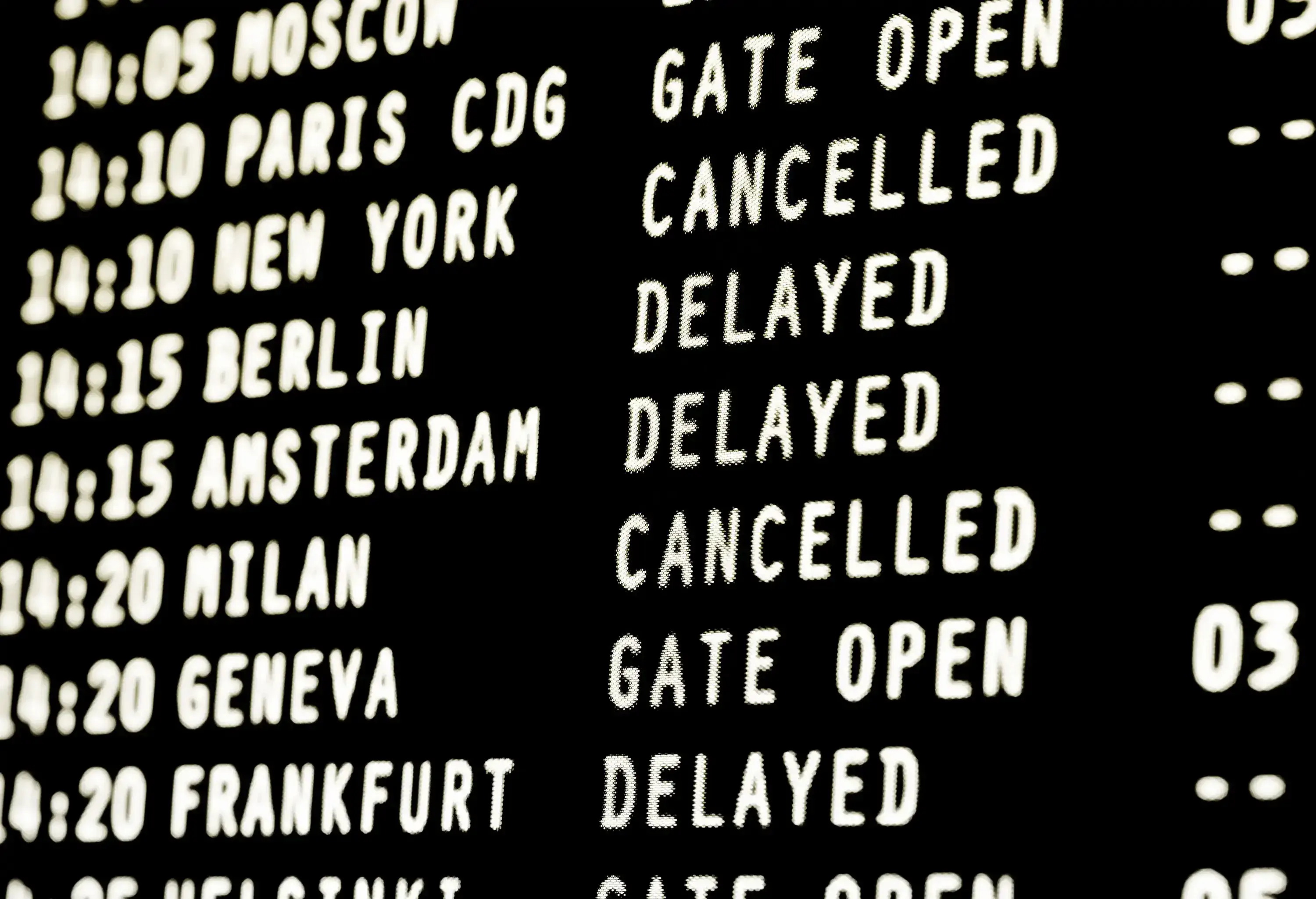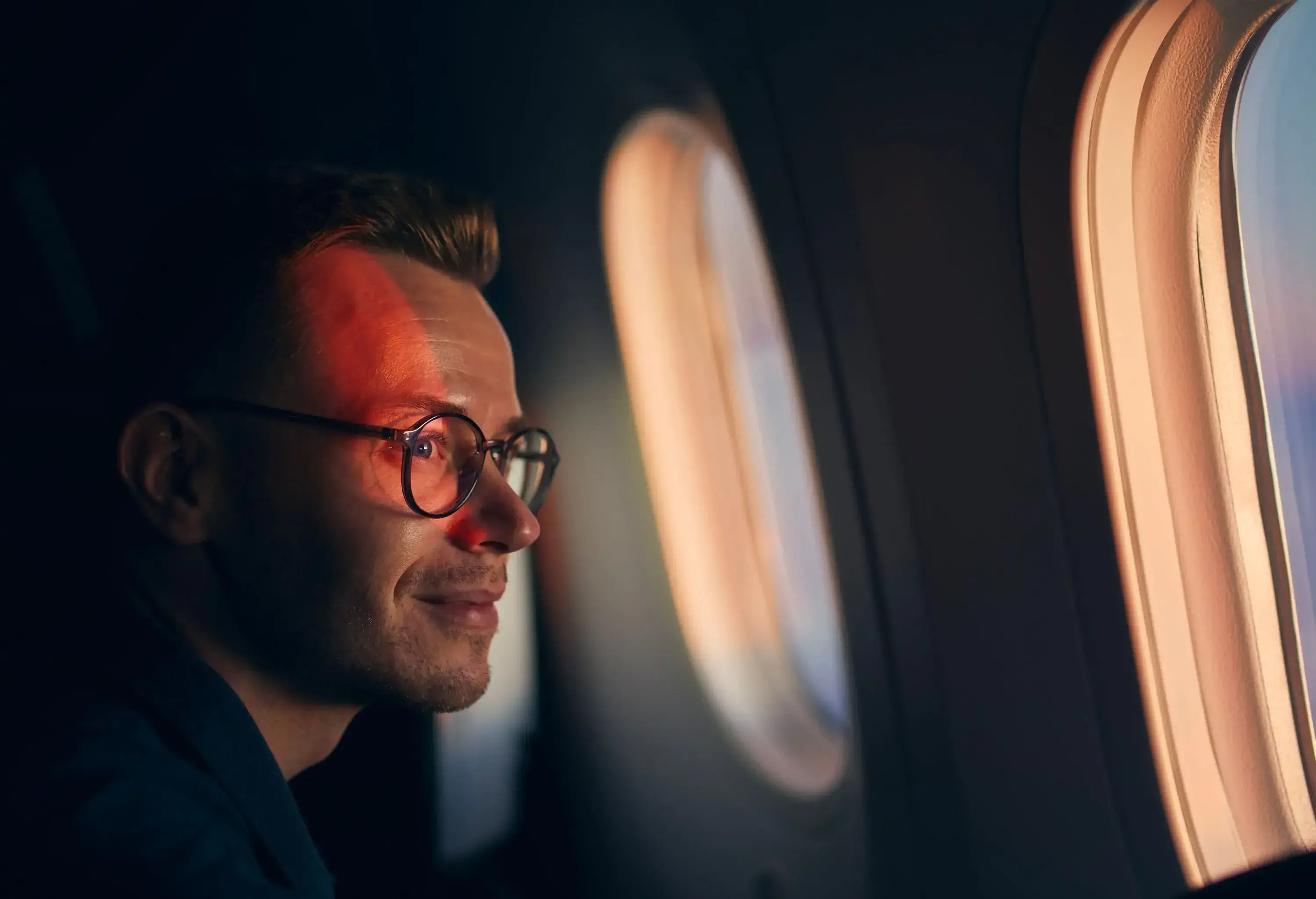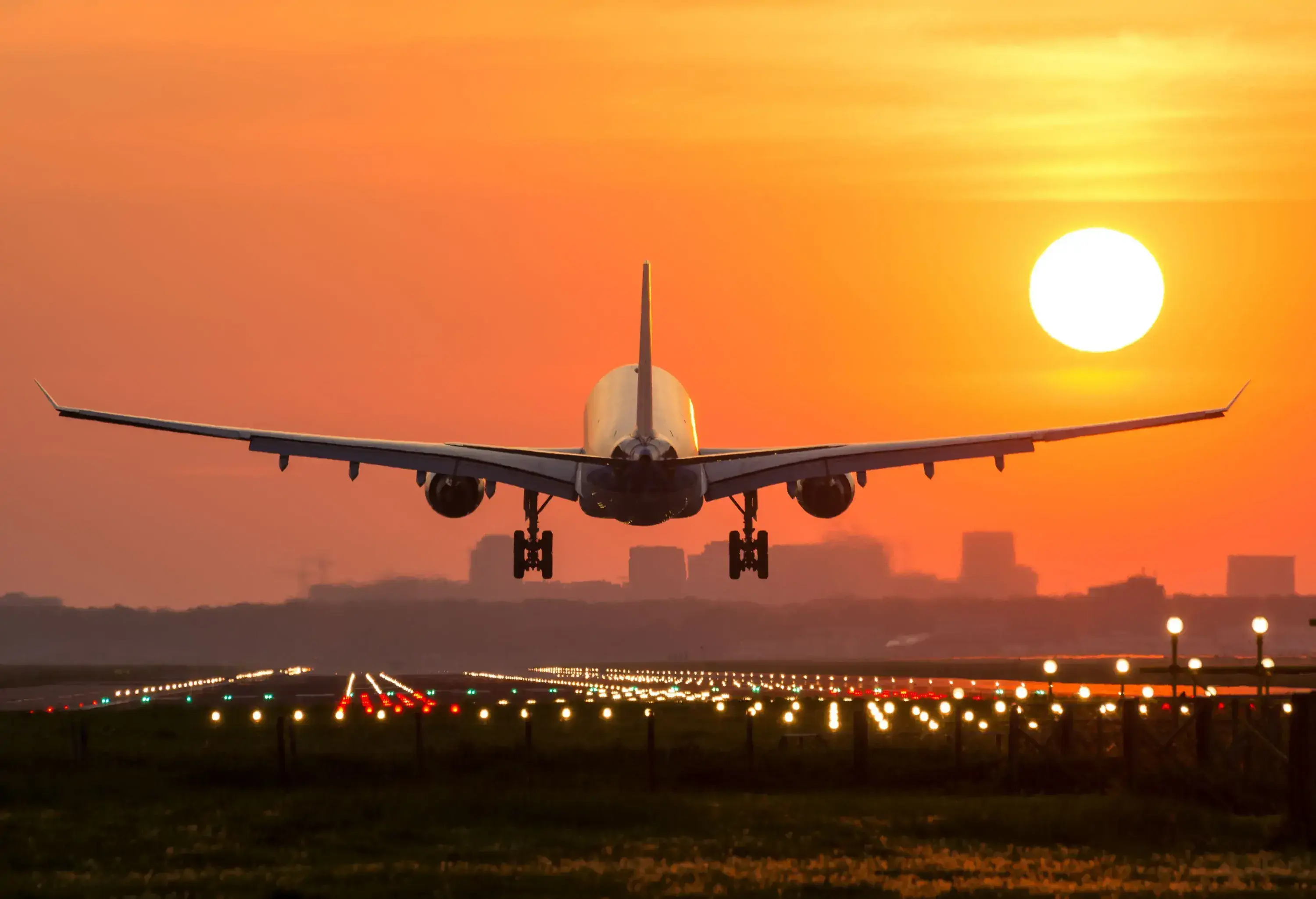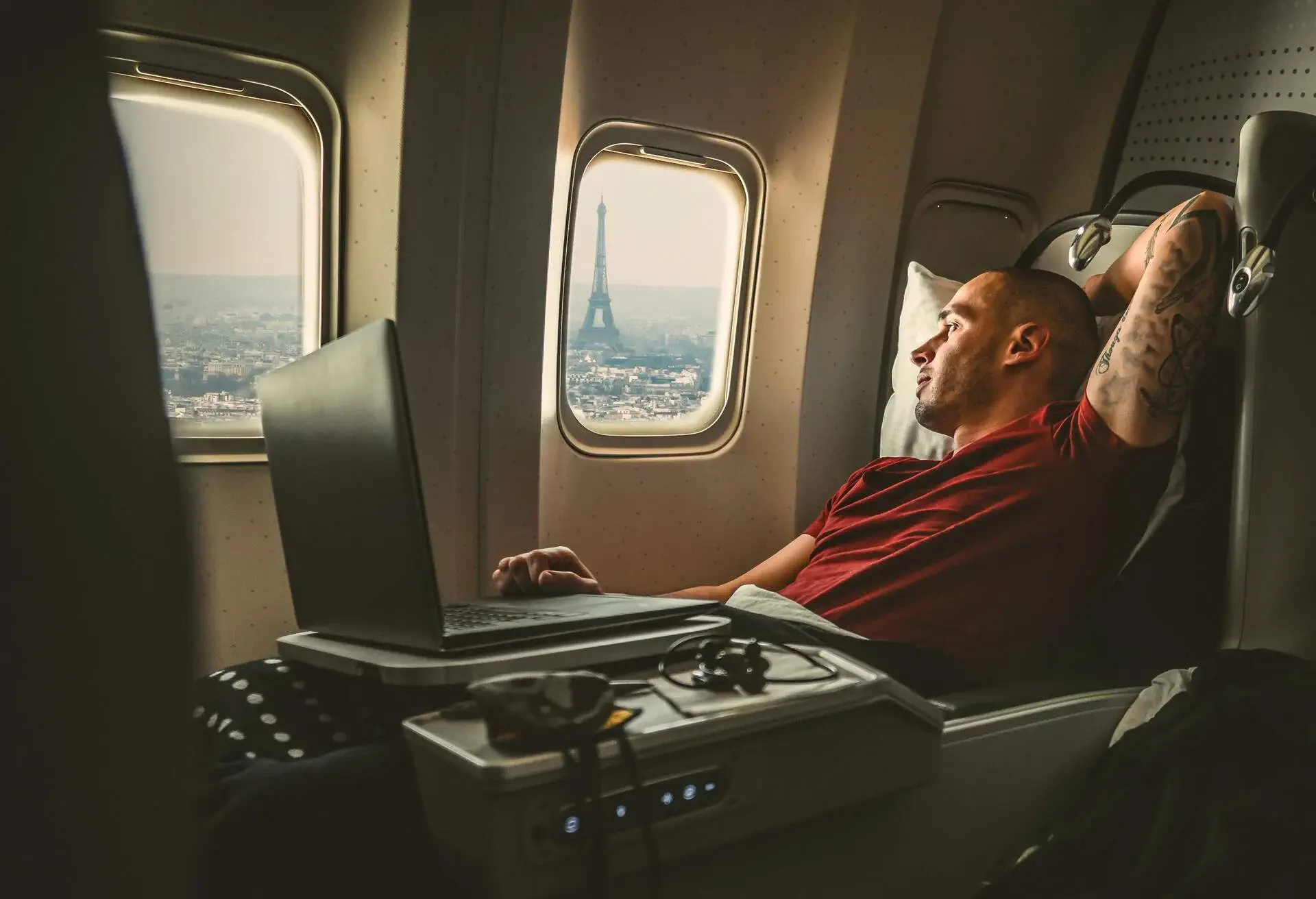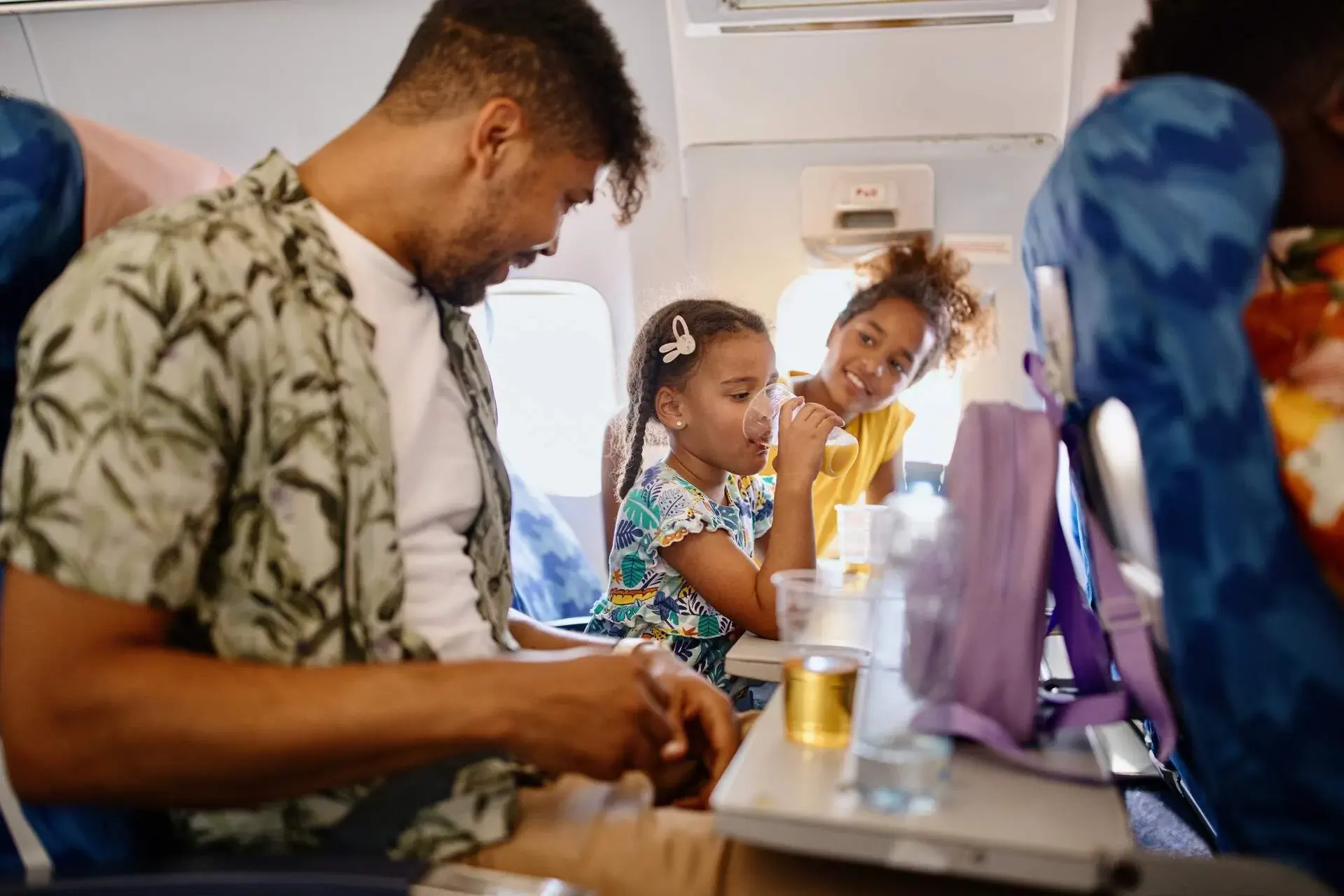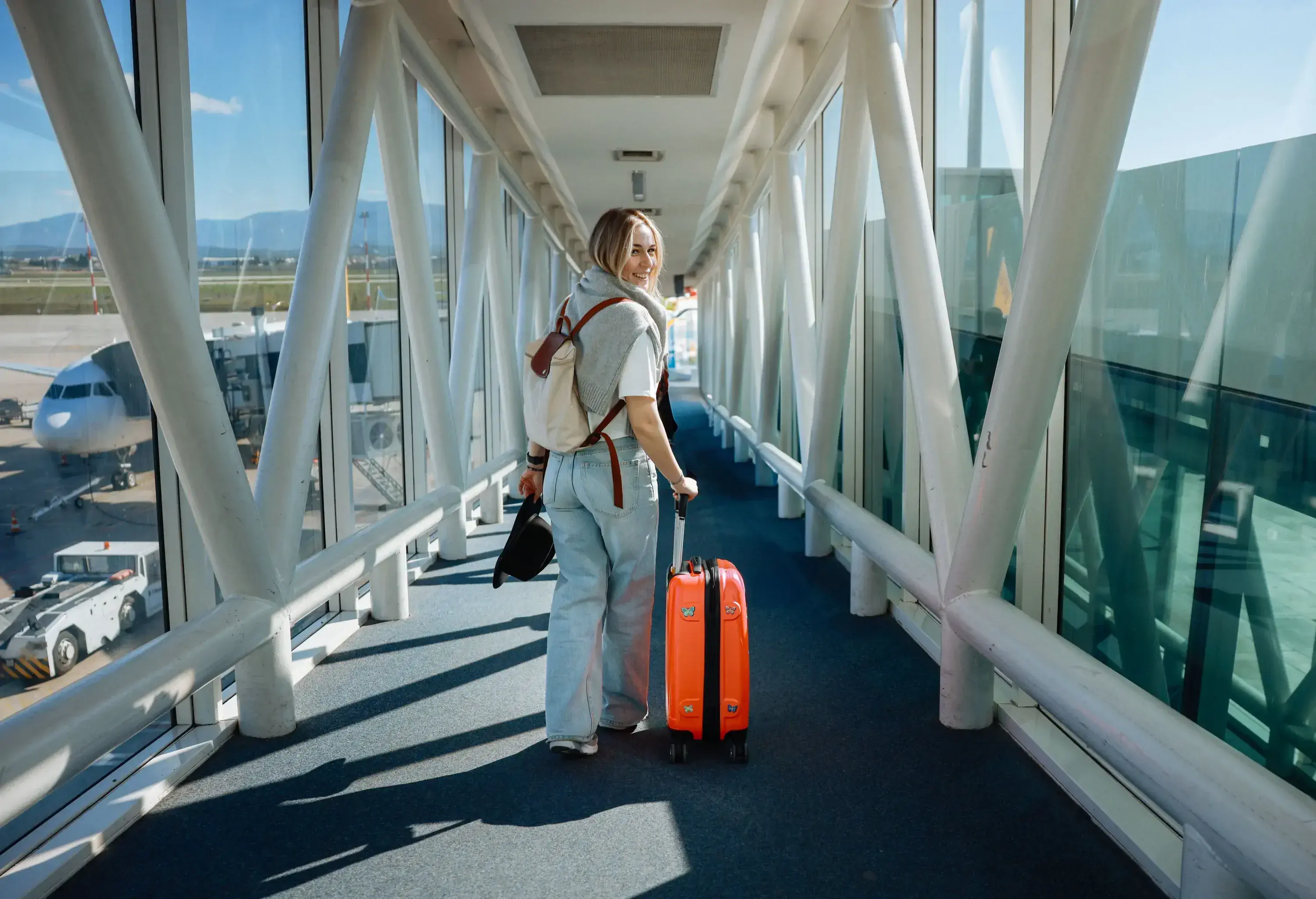Delayed and canceled flights are an unfortunate inevitability of air travel. The reasons behind them often aren’t clear or go completely unexplained by airlines and airports.
In this article, I’ll explain the common reasons why flights are delayed and canceled, what to do about it when they are, and how you can get compensation. I’ll also offer some tips on how to avoid flights more liable to delays.
Why are flights delayed or canceled?
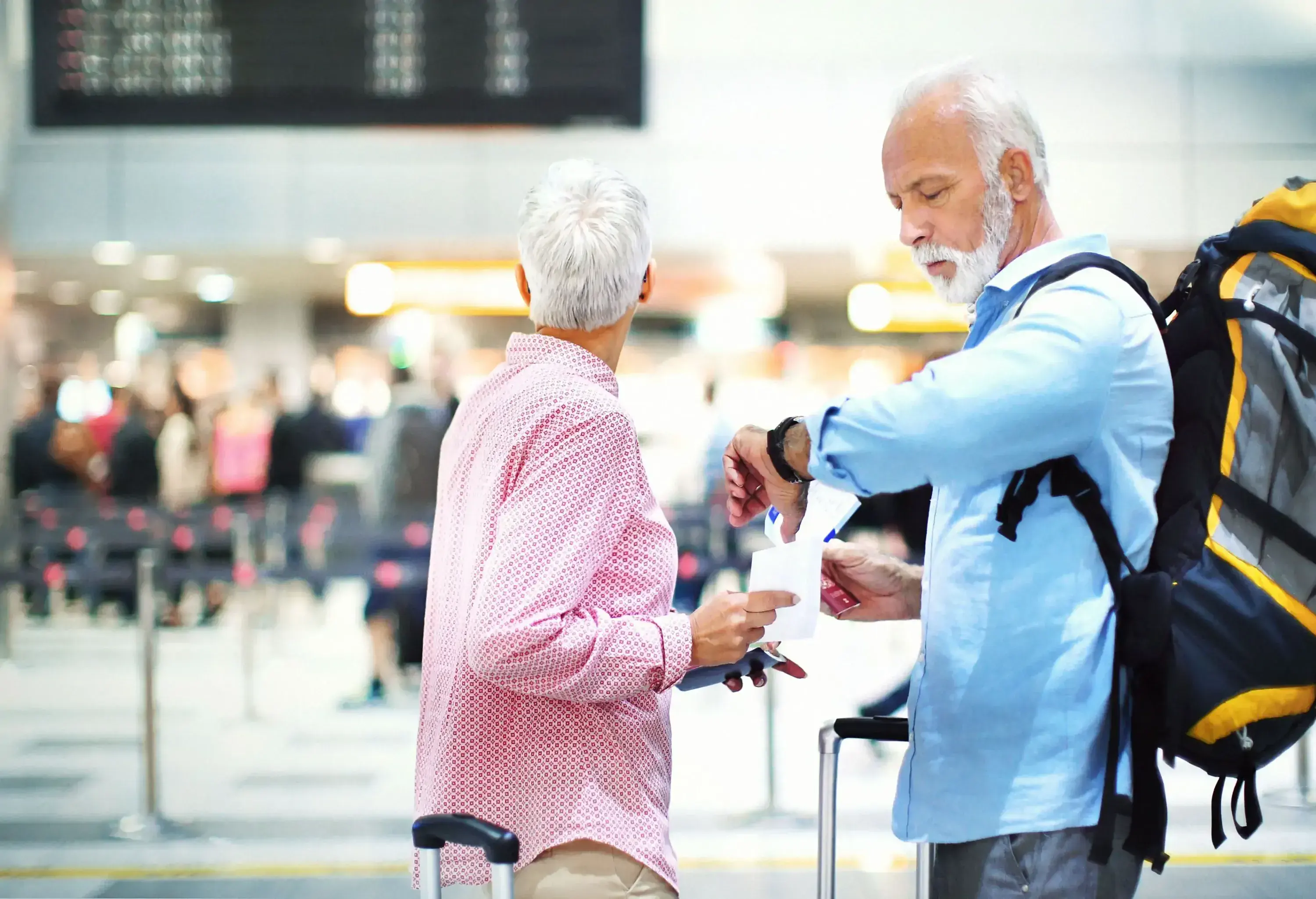
Airlines delay and cancel their flights both for reasons they can control and for reasons they can’t. These reasons also affect your options for seeking reimbursement or rebooking.
Nowadays, American carriers have to report the cause of their delays to the Bureau of Transportation Statistics and the Department of Transportation (DOT) releases monthly reports about on-time performance. This has helped make information about flight delays and cancelations among US airlines more transparent.
Even though you have no control over the airlines, understanding the causes of flight delays and cancelations can help you deal with them, and even help avoid them in the future. Here are the main reasons why your flight might be delayed or canceled.
The weather.
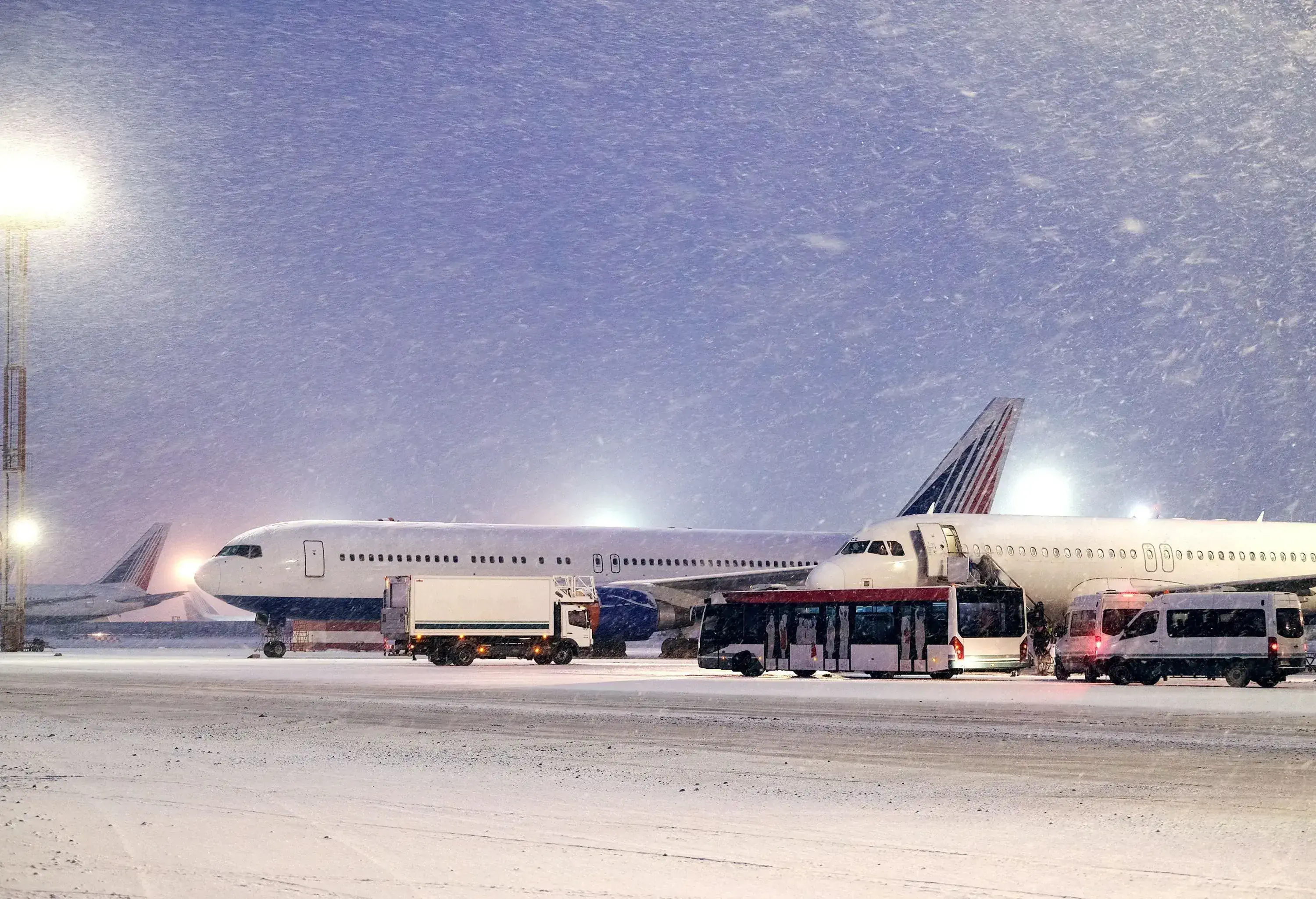
Thunderstorms, snow, rain, fog, high winds… Lots of extreme weathers can decrease a pilot’s ability to navigate and land a flight safely. These inevitably mean delays and even cancelations.
Temperatures, too, can wreak havoc. The airline may have to de-ice an aircraft, which can take as long as 30 minutes in an active snowstorm. But the weather doesn’t just affect the plane you’re hoping to board. Even if it’s blue skies where you are, the weather in the city your flight is coming from may cause a delay – which can cause a knock-on delay at your airport.
Before that delayed flight takes off again, passengers need to deplane, baggage needs to be unloaded, and the plane needs to be cleaned, stocked, and refueled. All this can cause a cascade of delays. And if the weather doesn’t improve, those delays can quickly turn into cancelations.
There’s also some evidence that airlines use weather as a convenient excuse to cancel a flight when there’s something else going on. Here’s why: according to flight contracts of carriage under Regulation EC No 261/2004, weather events are an “Act of God,” and therefore outside the airline’s control. This makes it easier for airlines to justify not compensating passengers.
Mechanical and airline problems.
Airlines of course take mechanical problems extremely seriously. If something is wrong, airlines have to make sure it’s entirely safe before taking off. Some can be fixed quickly leading to delays, others may mean the flight has to be canceled.
Certain issue are considered a controllable cancelation. For instance, if the airline has failed to maintain its aircraft resulting in an electrical outage or an engine problem. But it can also be the fault of external forces – like an air traffic control system failure, a cyber attack or some other IT issue.
If you look at the Bureau of Transportation Statistics’ pie chart of on-time arrival performance, you’ll see a category called “Air Carrier Delay”. This umbrella category often accounts for a good chunk of the reasons for flight delays, including circumstances that the airline could control.
As well as mechanical problems, air carrier delays also include things like aircraft cleaning, taking a long time loading or unloading bags, fueling delays and staffing problems. In recent years, the tight labor market has caused more pilot, crew and maintenance team shortages, which has led to more flights being delayed or canceled.
Air traffic control.
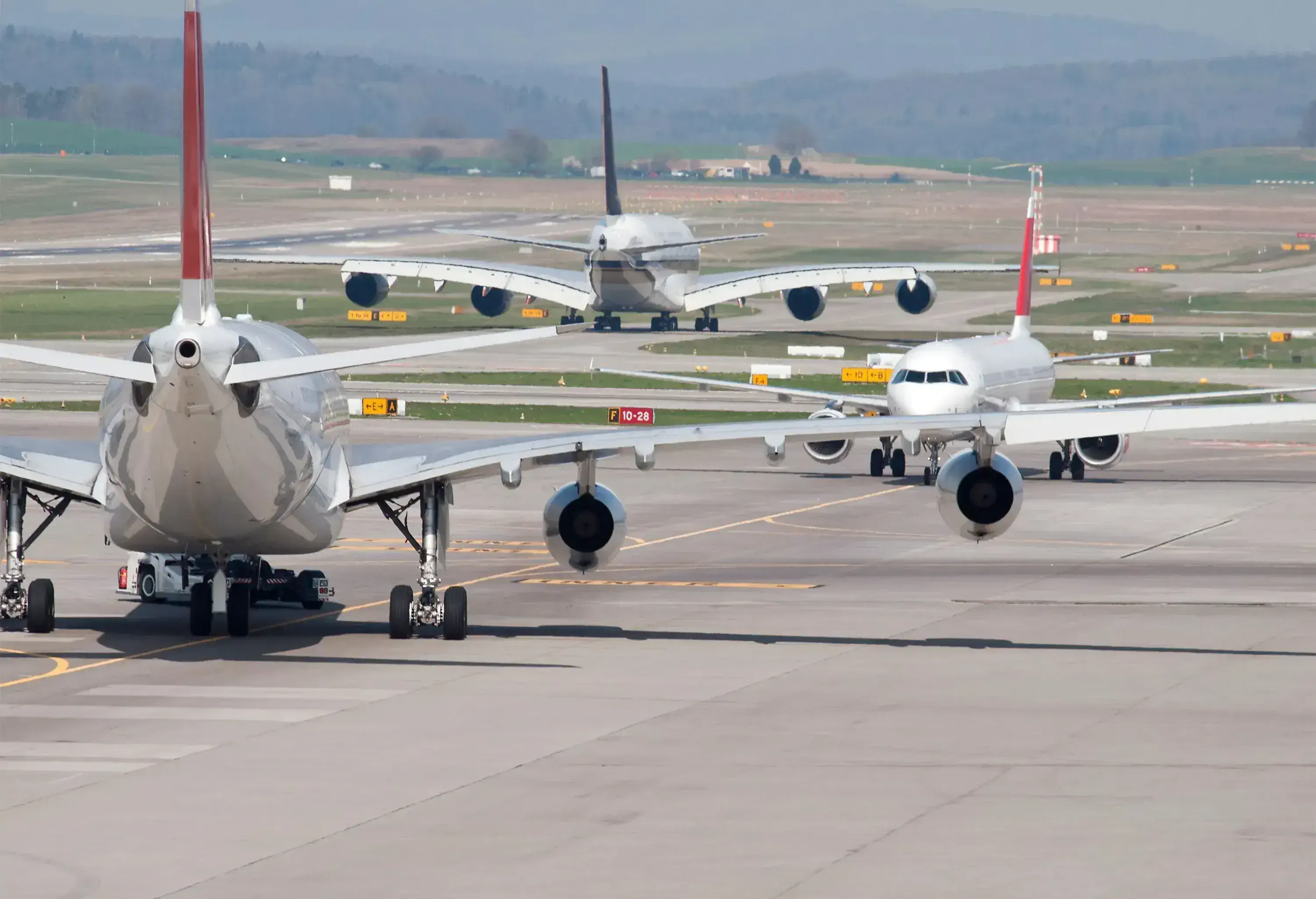
Just like cars on highways, traffic congestion can hold up the airways. Airlines depend on air traffic control to manage the flow and number of airplanes in the airspace.
When air traffic control imposes restrictions on flights to maintain the balance, airlines may have to hold flights in a pattern before landing, change departures, reroute or cancel them completely. Traffic on the ground can also cause traffic in the air. For instance, if a flight pushes back late from the gate for some reason, the next flight scheduled to arrive at that gate could be delayed, and so on.
Staffing shortages also affect air traffic control just like they do the airlines. A shortage of air traffic controllers forces airports to reduce the number of flights — and, incidentally, drives up the price of a ticket.
Security issues.
The good news is that the Transportation Security Authority (TSA) takes security seriously. But the additional measures airports use to screen passengers can lead to disruptions. Anything from an unruly passenger to a terrorist threat can cause a flight to divert or be so delayed that cancellations ensue.
Connecting passengers.
More a cause of delays than cancelations, airplanes may wait for passengers late from a connecting flight. Airlines won’t usually wait for one or two stray passengers running late. But they may for a lot of pre-booked connecting passengers, as they’ll have a hard time rebooking if they don’t connect. Sometimes a flight will be held if the bags are taking longer than expected to transfer from one plane to another.
What to do if your flight is delayed or canceled.

Delays and especially cancelations can be extremely stressful if they mean you miss an important event. It can be easy to get overwhelmed by options and confusion, and airlines aren’t always very helpful. Knowledge is power then, and knowing your next steps will help. A lot.
Here’s a step-by-step guide to what to do immediately if your flight is delayed or canceled.
1. Rebook as soon as possible.
Being an informed traveler can pay off in a delay. Half of the major carriers in the US commit to rebooking passengers on a partner airline or another airline they have an agreement with at no additional cost in the event of a significant delay.
In case of cancelations, US airlines will rebook you for free on their next flight as long as there are seats available. Your airline may also rebook you on a flight that departs on a different date, depending on availability.
You can track your flight using KAYAK’s Flight Tracker. If you believe your delayed flight will be canceled, you can get a jump on rebooking by checking the KAYAK Mobile App to see what other flights are available that day.
2. Ask for vouchers.
The major US airlines committed to DOT that they would provide passenger support in the case of delays and cancelations. Now, every airline will issue a meal voucher when a cancelation causes a three-hour wait for another flight. All but one will also pay for a hotel for overnight delays. Only two will issue travel vouchers for significant delays caused by cancelations.
Just because an airline’s contract does guarantee a travel voucher doesn’t mean they won’t give you one if you ask. If you do receive a travel voucher, check for restrictions like blackout and expiration dates.
3. Apply for a refund or compensation.
Federal law mandates that if an airline cancels your flight within 14 days of departure and you choose not to fly, they must refund you. Not just for your plane ticket but also pre-paid baggage fees and upgrades you bought, like extra legroom. This applies even if you bought non-refundable tickets.
Rules are hazier around delays. Federal law doesn’t require airlines to compensate you in the event of a delay. In fact, DOT doesn’t even specify what constitutes a significant delay. But that doesn’t mean you can’t ask.
Most airlines’ contracts of carriage differ on refunds or compensation in the case of delay or cancelation. However, DOT holds them accountable for whatever they’ve agreed to in their contract. It also publishes an aviation consumer dashboard where you can see the ten major US airlines’ commitments in one place.
Some airlines offer added delay compensation at their discretion. For example, Alaska Airlines commits to giving away frequent flyer miles in the case of a three-hour or more delay.
Can I get compensation for a delayed flight – US vs. EU?
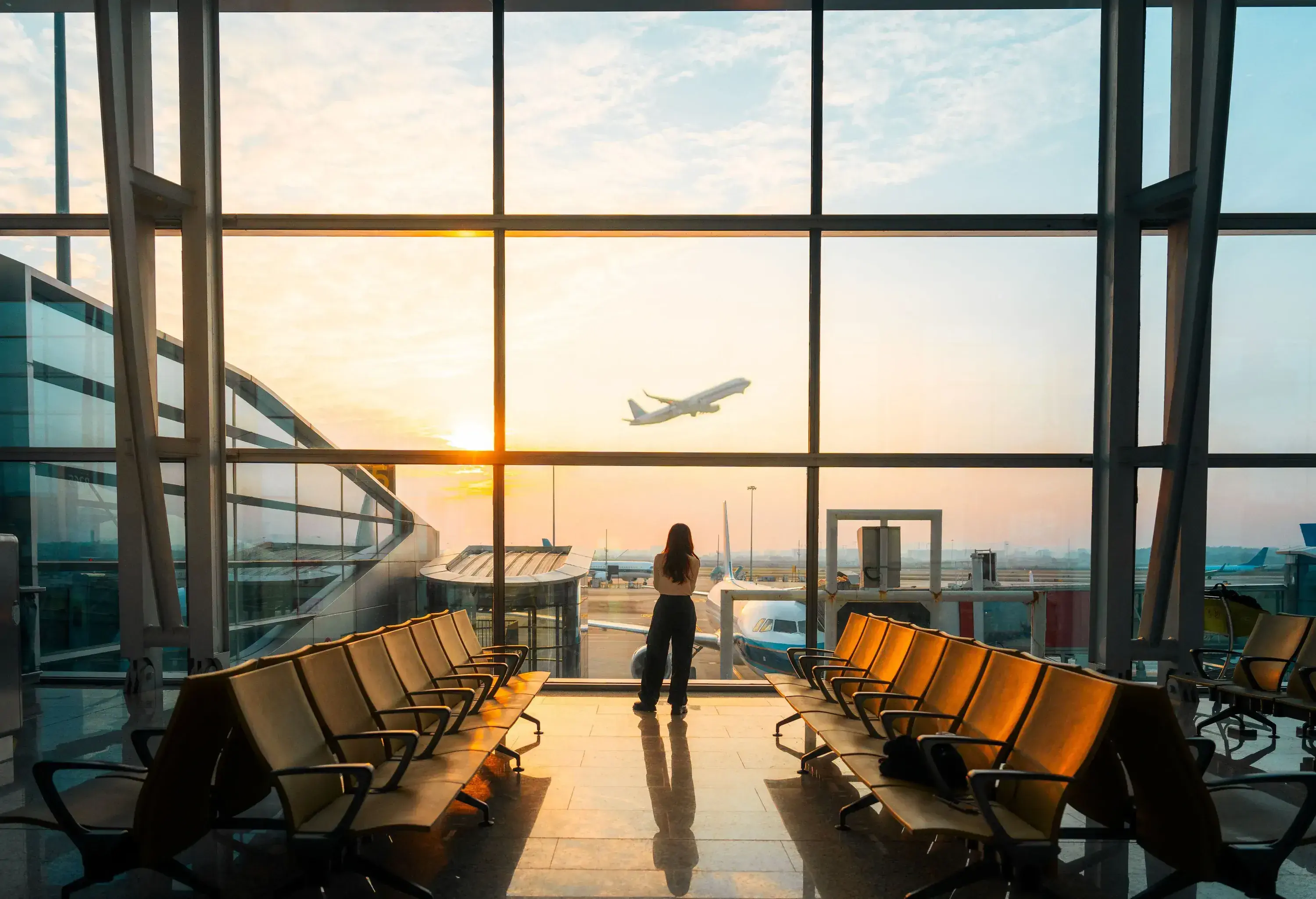
The US and European Union have different rules for compensating passengers in the event of a cancelation.
Compensation rules for US airlines.
According to DOT, airlines in the US aren’t necessarily required to pay you back if your flight is delayed or canceled, particularly if it was beyond their control. But if the flight is canceled and you decide not to travel, you are entitled to a refund, regardless of the reason.
Individual US airlines have their own policies for compensating passengers in the event of a cancelation. But that doesn’t make flying a lawless Wild West zone in which you have no recourse. Airlines define their responsibilities in their contracts of carriage, and DOT holds them accountable with regulations that protect travelers on all airlines. These include:
- The 24-hour rule – This means anyone, even if you’ve booked a non-refundable ticket, can cancel their reservation and get a full refund within 24 hours of when they booked the flight. You just need to have bought it at least seven days before the flight’s scheduled departure and directly through the airline rather than a third party. Many airlines claim this is a bonus part of their commitment to customer care. Don’t be fooled – it’s legally mandated.
- Cancelations and major schedule changes – Cancelations and delays of more than 12 hours means you’re entitled to a refund, even on a non-refundable ticket.
- Travel waivers – Airlines issue travel waivers for a range of reasons, from weather disruption to mechanical issues. They let you reschedule your flight without paying the usual “admin fee”. If your flight is looking unlikely to go ahead, you don’t have to wait for a waiver but can contact the airline within 24 hours of departure and ask for a flight credit instead.
Compensation rules for EU airlines.
Like the DOT, the European Union also has flight passenger protections. Under the EU261 Regulation, these can include your right to assistance and compensation if:
- The airline informs you of the cancellation less than 14 days before departure.
- If your flight arrives at its destination airport more than three hours later than scheduled.
- If you’re denied boarding due to overbooking.
- If the airline fails to reroute you appropriately.
The distance of the flight defines the amount you can claim:
- Up to 1,500 km: €250 (around $290)
- Between 1,500 and 3,500 km: €400 (around $470)
- Over 3,500 km: €600 (around $704)
Depending on delay times, you can also claim meals and drinks, hotel accommodation and access to communication facilities, like a phone.
Smart ways to avoid flight delays and cancelations.
There’s no full-proof way to predict and avoid flight delays and cancelations. But there are things you can to do reduce your risk of getting caught out.
Book an early flight.
The earlier the better, in fact. Fly in the afternoon or evening and it’s likely the plane you board will already have made one or more trips that day. If your plane has been delayed for any reason earlier in the day, it’s going to affect the timing of your flight.
Delays and cancelations inevitably have a snowball effect over the course of a day, typically getting worse the later it gets. The earlier you fly, the less exposure you have to these problems and the less likely you are to suffer a delayed or canceled flight.
Book a nonstop direct flight.
Statistically, the more flights in your journey, the more likely one of them is to be delayed or canceled. A successful first flight doesn’t do you much good if you’re stuck in a connecting airport for your second leg.
If you can’t avoid a layover, try to book your entire trip with the same airline. This will at least make your airline more likely to work with you on finding and booking a new connecting flight.
KAYAK Trips keeps all your bookings in one place and updates you in real-time about cancelations, delays,and gate changes. You can also look up flight delay information on the Federal Aviation Administration’s (FAA) color-coded map, so you can at least anticipate a delay when you’re already en route.
Book an airline with multiple daily flights.
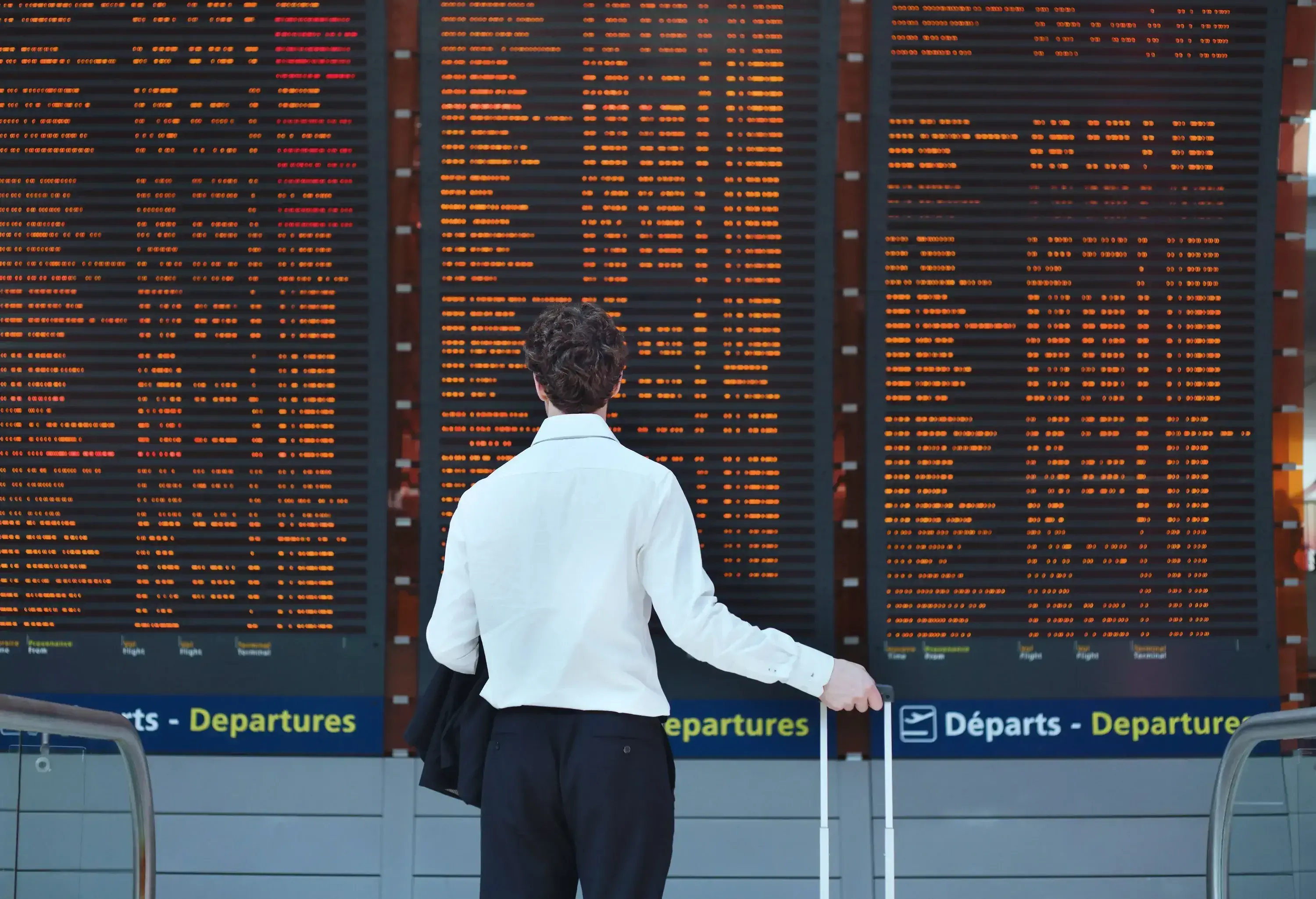
If you suffer a delay or cancelation, airlines will rebook you on the next flight they have with available space. You’re more likely to get a seat if that airline flies to your destination several times a day.
This is also backs up the argument for booking an early flight. Say your airline flies to St. Louis just twice daily, for example. If you’re booked on the second flight and it’s canceled, you may have to wait overnight for another flight.
Book an airline with an on-time track record.
Global travel data provider OAG tracks the punctuality track record of airlines. It defines punctuality as flights arriving or departing within 15 minutes of their scheduled arrival and departure times.
Every month it publishes a report called the Punctuality League ranking global airlines for on-time performance. Booking an airline with a history of on-time performance may increase your odds of beating delays.
Flight delays and cancelations FAQs
US airlines don’t guarantee their schedules and don’t have to reimburse you for canceled flights. They are, however, required to offer you a seat on their next available flight to your destination at no additional charge. You can also ask to rebook on a partner airline if it gets you there sooner. This isn’t a legal requirement though — it’s up to the airline’s policies.
If the airline cancels your flight and you choose to cancel your trip, you’re entitled to a full refund. Even if the ticket was non-refundable.
Finding out why your plane is delayed can seem like an uphill task, but there are tools that can help. Use KAYAK’s Flight Tracker to track your plane’s progress and see if there are any issues causing a delay. Check the airline’s app. Many now post real-time updates on flight progress and reasons for any delays (though these are often vague).
The FAA also runs a real-time delay map showing if your airport is backed up due to weather or traffic. If it’s showing red for ground stops or flow control, the delay is likely air traffic related.
Airlines cancel flights in advance for a number of reasons. The can be anything from staffing shortages to low passenger counts that can cause airlines to consolidate flights.
US airlines don’t have to compensate you in cash for delays. However, some airlines will give frequent flyer miles or travel vouchers. All have committed to issuing meal vouchers in the event of significant delay – usually over three hours.
If you’re talking to airline staff about compensation, remember the golden rule to remain calm and polite. Feel free to emphasize the amount of time/sleep/money lost due to the delay. Some airlines, eager to win a loyal customer, will offer perks. Think upgraded seating, flight vouchers, air miles, or even a hotel stay while you wait for the next flight out.
For cancelations, airlines must offer you a seat on their next available flight to your destination at no additional charge. You can also ask to be rebooked on a partner airline if it gets you there sooner. This isn’t a legal requirement though — it’s up to the airline’s policies.
If you booked your entire journey with the same airline and you miss a connection because of a delay on their flight, you’re covered. The airline that issued the ticket must rebook you at no extra cost on the next available flight to your destination. This could be with the same or a partner airline if it gets you there faster, depending on the policy. This applies even if the missed connection is in a different country.
If you booked your connecting flight on a separate ticket, you’re not covered. This means the connecting airline doesn’t have to honor your booking, as you’re essentially just late. If you’re booking separate tickets, leave a healthy time gap between flights and take out travel insurance.
According to 2025 Bureau of Transportation Statistics, the worst performing US airport is Dallas Forth Worth International (DFW), with an on time rate of 71.1%. Not far behind is Ronald Reagan Washing National Airport (DCA), with an on time rate of only 72%. Other lowly ranked performers include Denver International (DEN), Miami International and the world’s busiest airport, Hartsfield-Jackson Atlanta International (ATL).
KAYAK Flight Tracker pulls data direct from airlines and global flight databases to show up to date information on flight delays and cancelations. You can even set up notifications to let you know if your flight is delayed or canceled.

